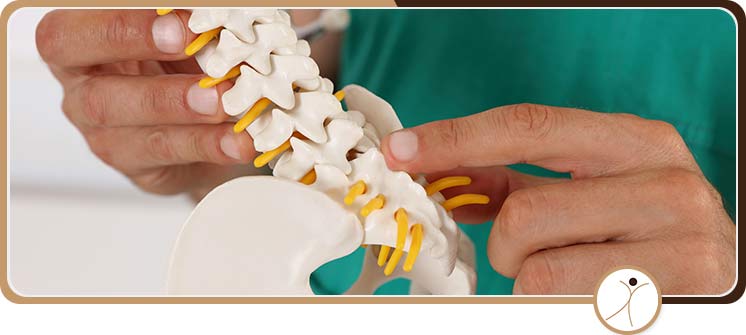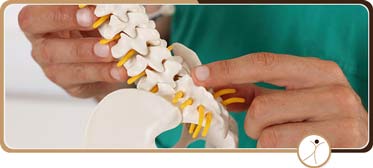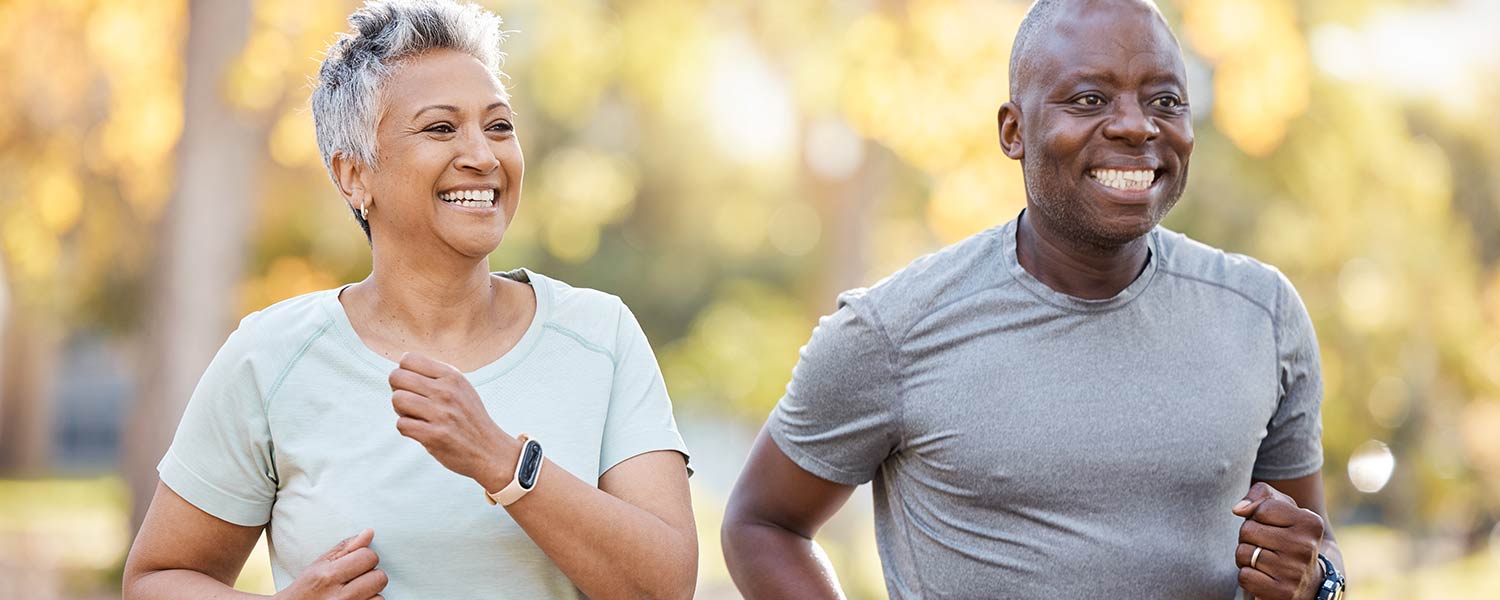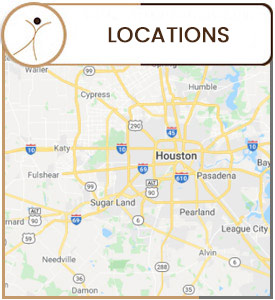Lumbar Biacuplasty Specialist Q&A
Lumbar biacuplasty is a minimally invasive procedure that relieves any back pain that may be caused due to the lumbar discs being injured or damaged. Visit Dr. Atallah, DO to set up your appointment to learn about how our treatment can help you. We have convenient locations to serve you in Houston and Sugar Land TX. For more information, contact us or book your appointment online.


Table of Contents:
What is lumbar biacuplasty?
What is one of the most common symptoms of a lumbar discogenic injury?
What activities should you avoid with degenerative disc disease?
Lumbar biacuplasty is a treatment that applies heat to the annulus of the lumbar discs, which separate the vertebra from the back, with the main goal of ablating the neurons that generate pain sensations within the body.
The treatment is designed specifically to reduce chronic back pain that is often caused by intervertebral discs. This treatment is often used because it can destroy the pain’s nerves without damaging any nearby tissues.
For patients who are suffering from symptoms of discogenic pain, lumbar biacuplasty will use a different approach by creating a large, reproducible lesion in the posterior and posterolateral annuli. The nerves will be deactivated in large volumes of the posterior disc without any risk of excessive heating of the tissue.
The common symptoms of lumbar discogenic injury are not always experienced the same way by each patient. Many patients may experience chronic lower back pain. When reported, they have stated they feel the pain radiating into the buttocks and the legs.
This chronic pain may be felt bilaterally or unilaterally but without radicular pain. Many of the patients may also experience sitting intolerance as well. Several tests will need to be conducted in order to determine the bottom line for the patients that are dealing with lumbar discogenic pain. Frequently, a questionnaire will be provided as a way to evaluate and receive more information based on what each patient may be dealing with. Often, your pain will be monitored throughout the patient’s program and during treatment to ensure they are receiving the best treatment and noticing changes.
Exercise is a highly recommended best practice and a well-used alternative for medicine when it comes to back pain. It can provide relief for anyone dealing with degenerative disc disease. However, if you begin to do the wrong exercises, it can intensify your condition. It is best if you avoid any high-impact moves and moves that involve heavy lifting at awkward or unusual angles.
The number one factor in determining if you should avoid an exercise is if you begin to feel pain. If you have degenerative disc disease, exercises that should be avoided at all costs are any exercise that begins to cause you pain or discomfort. The verse “no pain, no gain” does not work in your case if you have degenerative disc disease. If you try to continue to finish a workout and push through back pain, you can end up worsening your condition, which will lead to long-term dysfunction of your degenerative disc disease.
Often, any heavy lifting is not considered safe when you have lower back pain or degenerative disc disease. Exercises including deadlifts will often put your body into an awkward and even painful forward position, without significant core strength, which can overstretch and even strain the lower back. Adding weight to that will increase the back pain and cause more issues.
If you really want to exercise with weights, try to find exercises that keep the weight close to the body and ensure you are lifting from the knees, not from the back. Always brace the core muscles by drawing in from your navel towards the back of your spine and tightening the obliques while lowering the back muscles.
Even if you are following best practices while exercising with degenerative disc disease, you will still need to be very cautious. Degenerative disc disease is an ongoing condition that begins to get worse with age. It is best if you try to avoid any unsafe exercises in the long term to help preserve the integrity of your discs.
If you are feeling the pain that is not going away in your back, contact us today to schedule an appointment to review your symptoms and get any testing necessary to ensure you are getting the right treatment.
We have convenient locations to serve you. For more information, contact us or book your appointment online. We serve patients from Houston TX, Sugar Land TX, Pearland TX, Jersey Village TX, Missouri TX, Stafford TX, and Richmond TX.
ADDITIONAL SERVICES YOU MAY NEED




